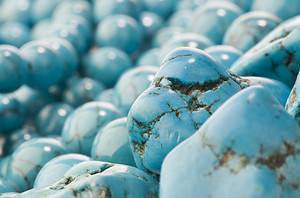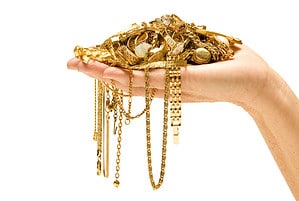In the land of gemstones, minerals are what allow each type of gem to have a wide variety of colors. Each gem is also actually a mineral. Once the raw mineral is polished and treated, it becomes a precious gemstone. The treatment a mineral can receive is dependent on what color, opacity, or other quality the jeweler would like to bring out in the mineral. This is how raw tourmaline begins its journey after leaving the mine. The color and type of tourmaline help dictate how rare it is and what its worth might be.
How a Mineral Becomes a Gemstone
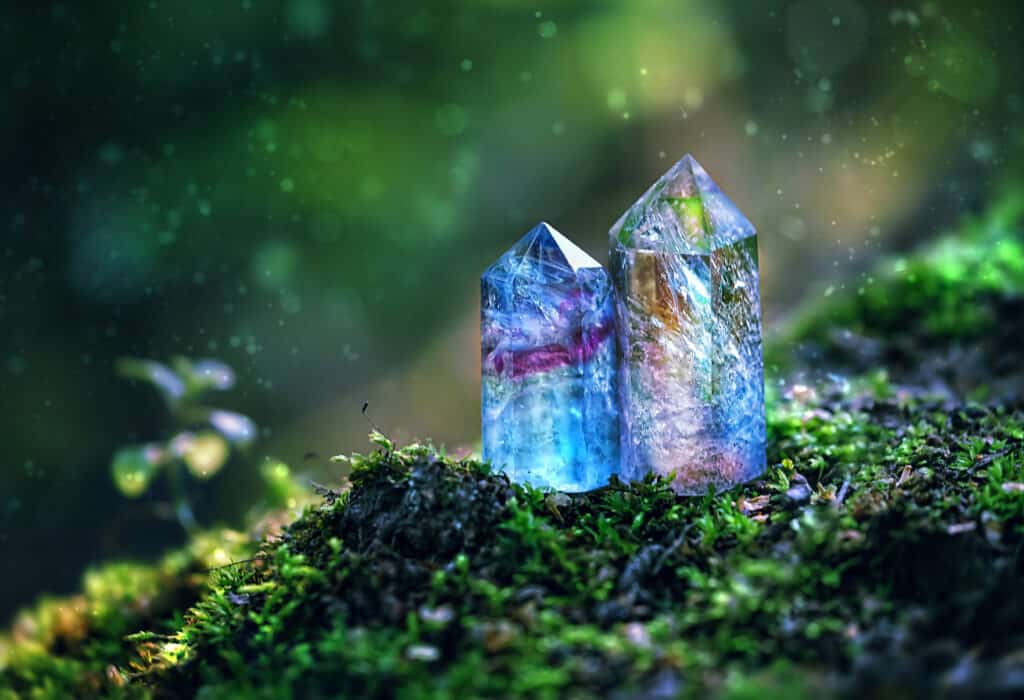
Adding to the appeal of tourmaline is the fact that it can be made up of multiple colors simultaneously.
©ju_see/Shutterstock.com
Tourmaline is a beautiful semiprecious gemstone known for the wide array of colors it can possess. It can even be made up of several colors at one time, giving it added attraction. Even the Singhalese word ‘tormalli,’ which means “carnelian gemstones.” Taking the stone from sunlight to artificial light generally changes the color of the stone, which is called pleochroism, and adds to its value.
Boron, a naturally occurring element, is what aids in the formation of tourmaline. Boron is formed by being present when molten lava begins to cool, which is called magma. Tourmaline also contains aluminum and silicon, along with either sodium or calcium, which helps create the colors we see. Aiding in the formation of color, lithium, iron, or manganese can also be found in the mineral. Tourmaline is formed deep beneath the earth’s surface through a process known as the hypothermal process. The hypothermal process is when undissolved moisture and rainwater come in contact with magma, and the combination of water and minerals hardens inside the magma and hardens into stone. This is also how emeralds are created.
1. Paraiba

Paraiba tourmaline can be as much as $30,000 per carat!
©Dan Olsen/iStock via Getty Images
The gorgeous Paraiba is elbaite tourmaline with manganese and copper, which causes a beautiful color. Paraiba is the rarest and most expensive form of tourmaline. It can be a bright electric blue color. This beautiful and very expensive gemstone was discovered by Heitor Dimas Barbosa and his team in the hills of Pariaba, Brazil, in 1989, which is why it has the name Paraiba.
This neon blue stone is such a vibrant and lovely color because of the high amount of copper that mixes with boron. All tourmaline is mixed with boron which is the base for the many colors it exhibits. Paraiba also has a touch of red from the manganese compounds found in it in correlation with the other compounds. It is unlikely that you will ever see streaks of red in a finished jewelry product. A skilled jeweler can burn the red out with a laser and further define the stone’s cuts. However, the red can be seen in some samples of raw paraiba tourmaline.
2. Indicolite
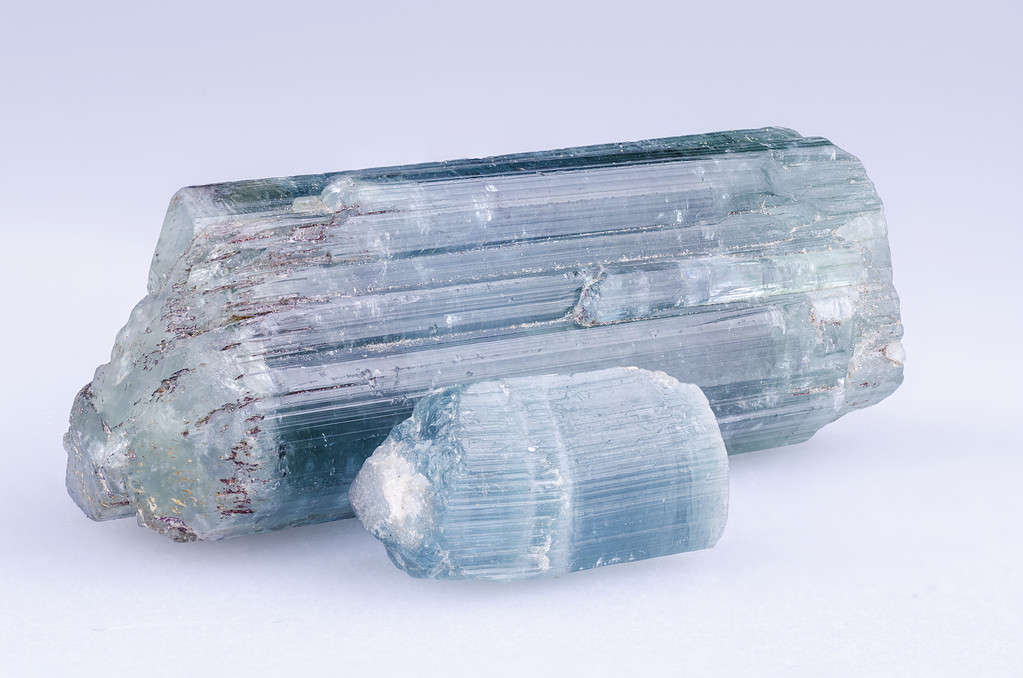
Indicolite crystals from Minas Gerais, Brazil, can fetch as much as $10,000 per carat!
©Willscape/iStock via Getty Images
The indicolite tourmaline is a breathtaking light blue stone that is derived from Minas Gerais, Brazil, which translates into the General Mines. It has been argued that the indicolite tourmaline is the same as the paraiba tourmaline. Plenty has also been mined in Nigeria and Mozambique. The blue of the indicolite is created through the high levels of iron, copper, and some manganese mixing with boron. This gemstone is extremely rare and, because of that, fetches a high price on the market. It is also one of the few gemstones that are not enhanced.
3. Rubellite
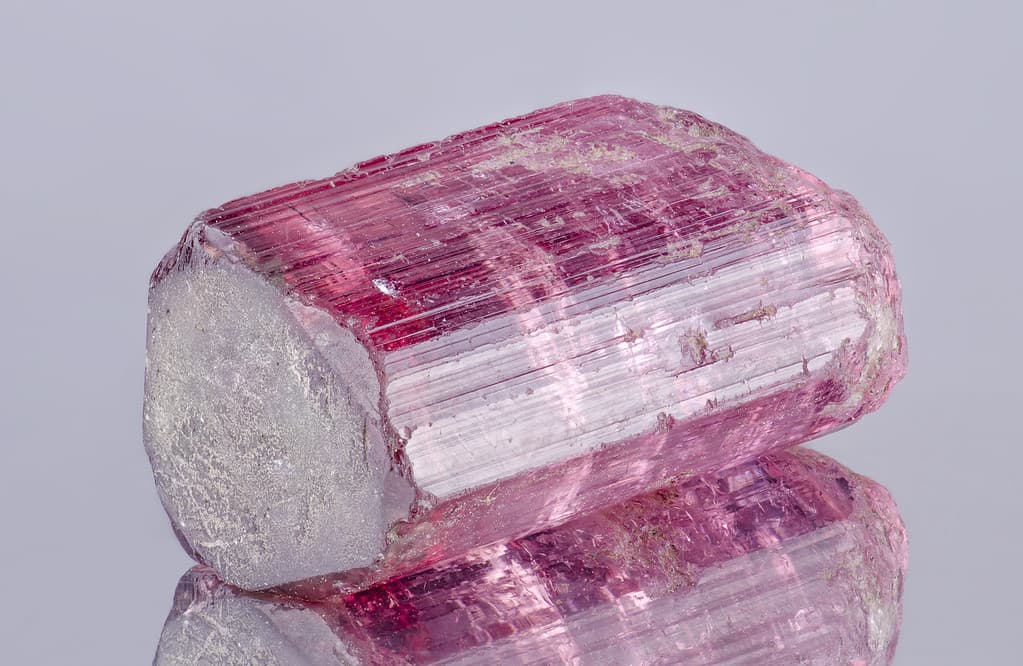
Rubellite tourmaline crystals can be more vibrant than some rubies.
©Willscape/iStock via Getty Images
The beautiful and vibrant rubellite tourmaline created by the high levels of iron and manganese can be many shades of red. This is all dependent upon how much iron and manganese the stone holds. The stones with a more purplish-red color are far more common than the strictly deep reds. Like all tourmalines, the gem changes color depending on what type of light it is in.
Rubellite was first discovered in the Cruzeiro mine of São José da Safira in Minas Gerais in the late 1970s and 1980s. From 1998 forward, the gemstone was mined near the city of Ibadan in Nigeria’s Oyo state and became the top choice. The mine was quickly depleted, requiring further mining to take place elsewhere. Since 2008 Mozambique’s Manica Province has been a success in providing very clear cat’s eye rubellite.
4. Watermelon
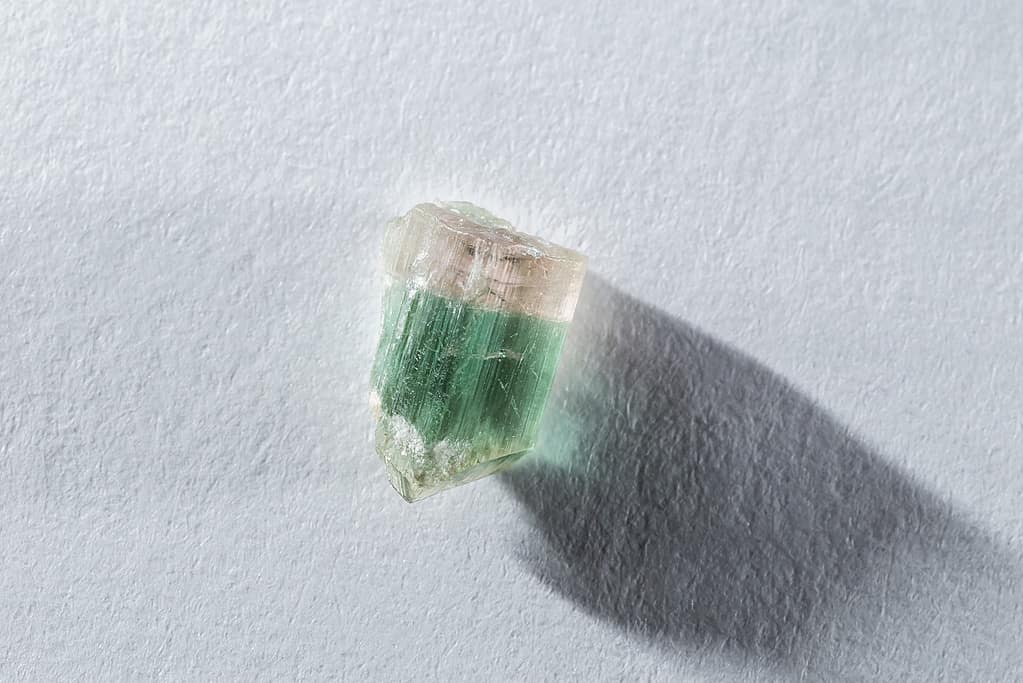
Raw Pink and Green Watermelon Tourmaline are $15-40 per carat.
©AnSyvanych/iStock via Getty Images
The pink and green of the watermelon tourmaline can exist in differing shades. This is due to the amount of manganese which creates the pink to deep magenta inside the stone, and the iron that creates the level of green on the outside of the crystal. The more iron, the deeper the color of the outer portion or rind of the watermelon. Additional elements can be either sodium or calcium, lithium, magnesium, or aluminum, and boron or silicon.
These beautiful gems were first mined in Minas Gerais, Brazil, which is famous for supplying the world with many tourmaline variants. Small quantities of the crystals have been acquired in Kenya, Russia, and Pakistan.
5. Liddicoatite
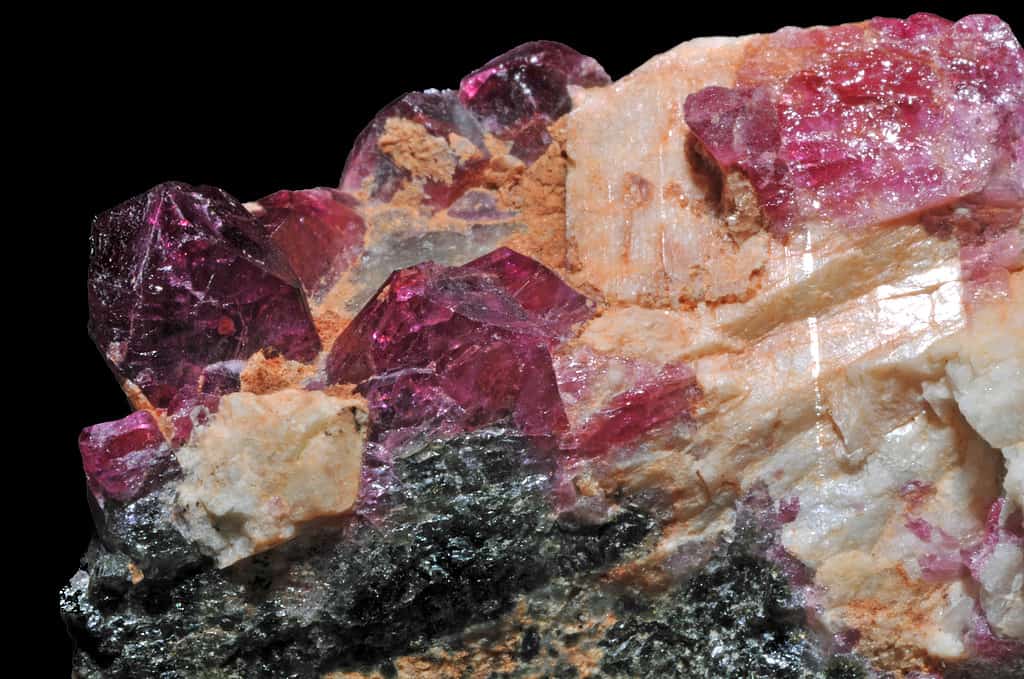
Liddicoatite is beautiful as a raw stone, but once cut and polished, can become breathtaking.
The rare and diverse Liddicoatite is not found in Brazil like the other forms of tourmaline. Instead, the enchanting gemstone is found predominantly in the Antananarivo Province of Madagascar. The crystals are found alongside the igneous rock pegmatite. Pegmatite is composed of mica, quartz, and feldspar. It is similar to granite.
In 1977, liddicoatite was given a separate identity from elbaite. Elbaite is a common form of tourmaline and also where many color variations are born. It is the bonus of additional elements paired with the composition that makes up elbaite that creates a wide array of colors. Liddicoatite is usually a taupe or smoky brown color but can take on many colors with additional elements causing such. The most popular liddicoatite has a triangle of color in the center with a different color on the outside of the gem. This is caused by different elements adding to the structure throughout the process the crystal goes through.
6. Elbaite
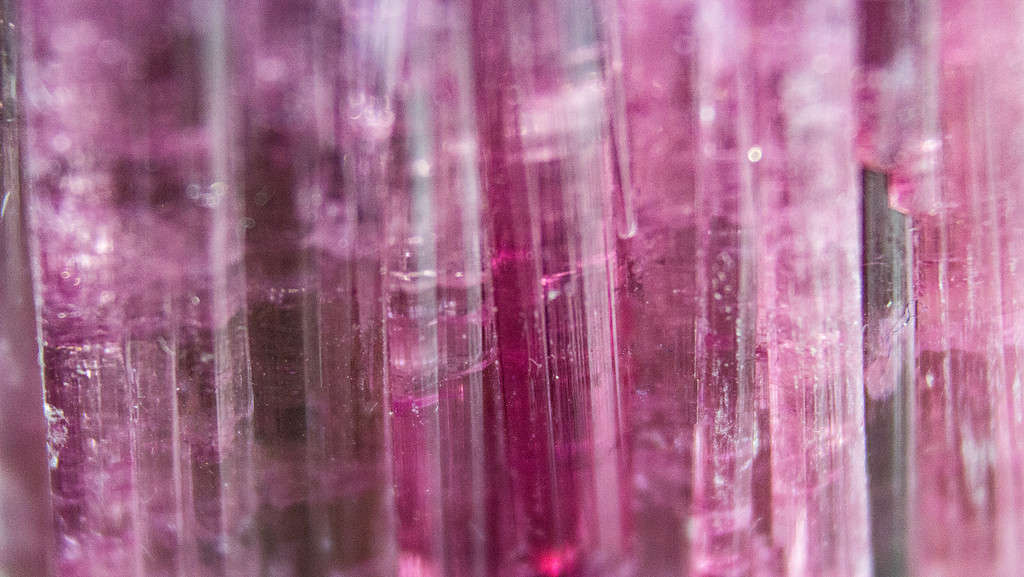
Elbaite is capable of becoming many colors with the addition of the smallest impurities in its makeup.
©Oksana Tabachenkova/iStock via Getty Images
The mineral Elbaite is very well known for the wide variety of gemstones that are actually of the elbaite variety, such as rubellite, the highly valuable Paraiba, indicolite, watermelon, and verdelite tourmaline. Almost all of the multicolored tourmaline gemstones are elbaite. The smallest impurities can cause the crystal to change color. Some of the gorgeous elbaite crystals even have a cat’s eye effect.
The gem’s birthplace is also Minas Gerais in Brazil. One of the most well-known areas where the crystal was located is on the island of Elba, Italy, which also happens to be its namesake. It can also be found in Erongo, Namibia; Jos Plateau, Nigeria; Antananarivo Province, Madagascar; Zambezia Province, Mozambique; and Pala, San Diego, California.
7. Verdelite
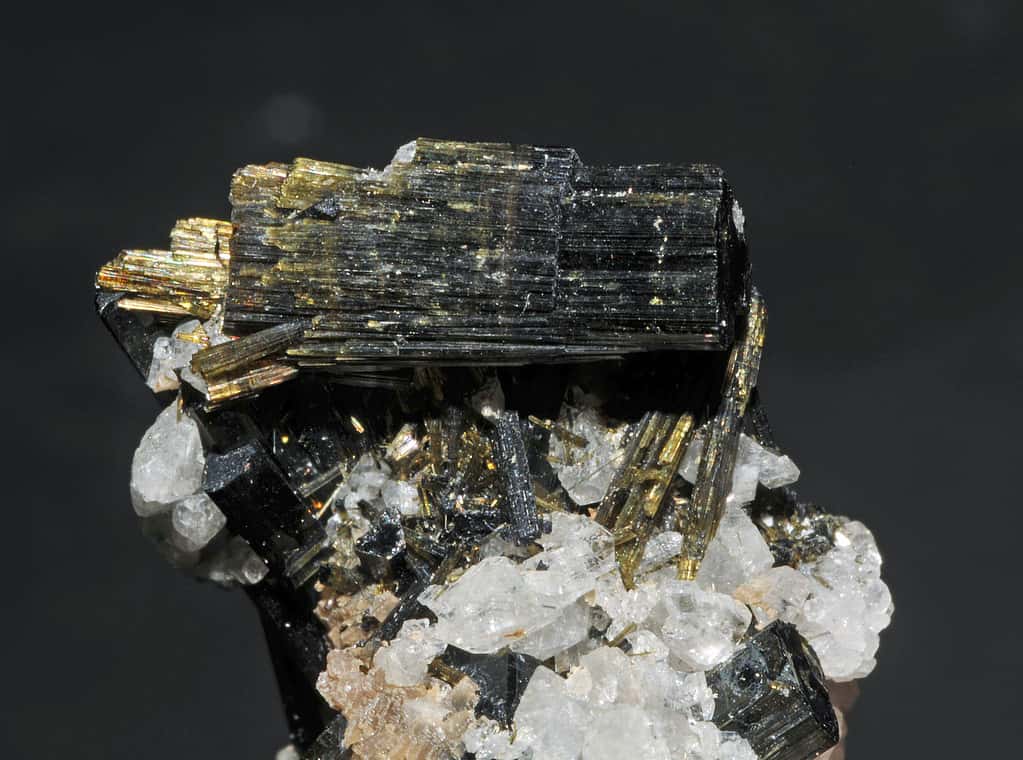
Verdelite tourmaline can be any shade of green, depending on the amount of iron and titanium in it.
In 1982, verdelite was first discovered by J.R. Sauer in Minias Gerais, Brazil. It can vary greatly in the hue and transparency of the green coloring. Some crystals are almost black and cannot be seen very well without a light source behind them. Other crystals can be almost clear with just a hint of very light green. It is all dependent on the amount of iron and titanium. The amount of sodium is what can make the stone appear almost black. These gemstones are one of the more common gems used in jewelry today.
8. Dravite

Brown dravite tourmaline does not hold near the value of some other types of tourmaline.
©AnSyvanych/iStock via Getty Images
Dravite is a dark yellow to brownish colored stone that is named after the Drave River in Slovenia, where it is found. The yellowish-brown coloring is created by the high level of sodium magnesium present in the mineral. This form of tourmaline is commonly used in jewelry and does not have high value due to its lack of clarity and color.
9. Schorl
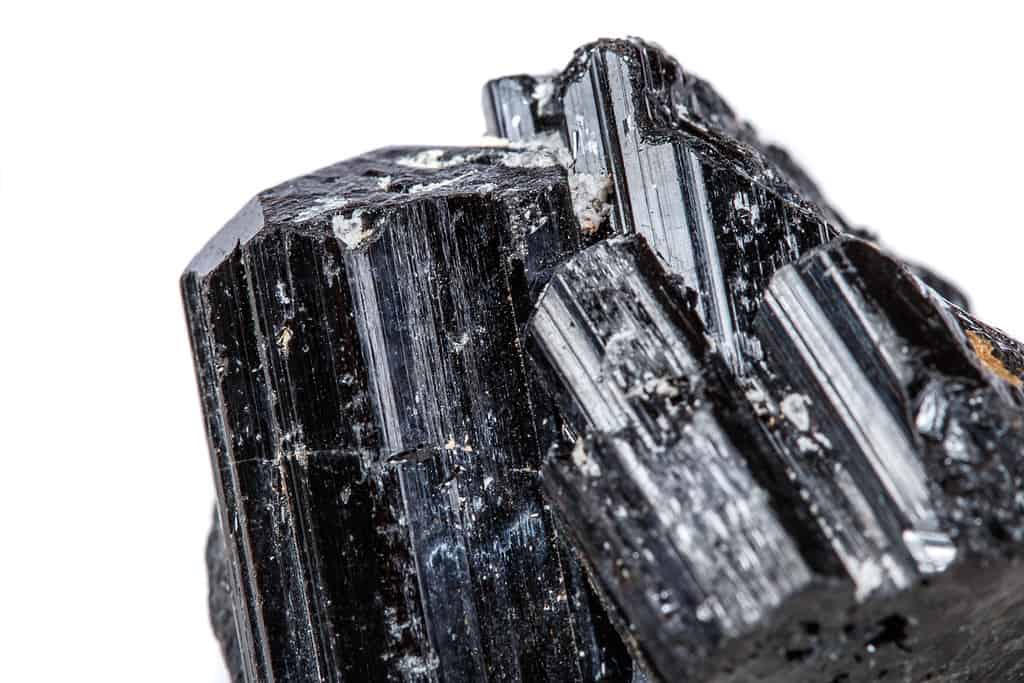
Even though schorl is a solid black mineral, it is still beautiful.
©Minakryn Ruslan/iStock via Getty Images
The most common type of tourmaline is schorl. It may even make up 95% of the tourmaline found in nature. It has high concentrations of manganese and iron, which cause it to have magnetic properties. Unlike many of the other types of tourmaline, school is never transparent, not even a tiny bit. It is always solid black and, unlike the others, does not reflect any other colors.
FAQ

Igneous rocks contain minerals, such as tourmaline, and are formed by cooling magma under the earth’s surface.
©Artography/Shutterstock.com
Q: How can you tell if a stone is tourmaline?
A: If it has many scratches or even one scratch, it probably isn’t tourmaline. Tourmaline is an extremely hard stone and is very unlikely to become scratched. Another warning sign that the stone you have isn’t tourmaline is if it’s crystal clear. A true tourmaline gem will have impurities which is part of what creates such a beautiful color-changing and unique gem.
Q: Is tourmaline rarer than diamonds?
A: Yes and no. Yes, because the paraiba tourmaline is rarer than diamonds which is why its worth is so high. No, because most other forms of tourmaline are not as rare as a diamond or are simply now as well sought.
Q: What is a tourmaline stone good for?
A: Tourmaline is good for many things. Black or schorl tourmaline is excellent for protection, energy balance, stress relief, and anxiety. Different types and colors of tourmaline are good for different things. If you would like to know more, look up the type and color of your tourmaline and what energy it brings or what the spiritual effects are.
Thank you for reading! Have some feedback for us? Contact the AZ Animals editorial team.





